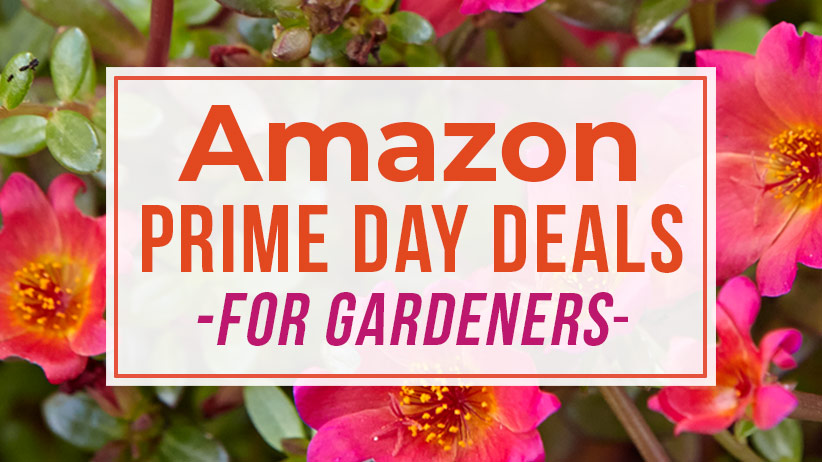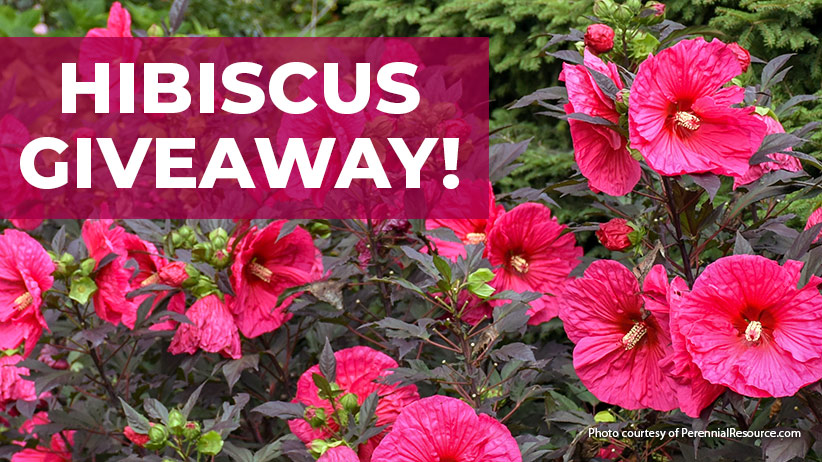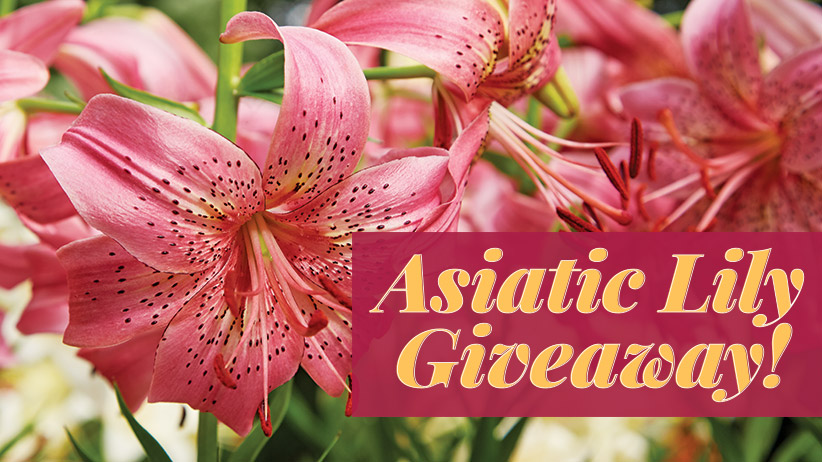 If you’ve ever tried to grow a garden under a tree, you know that your plants have to compete with the tree’s roots for space, water and nutrients. But not all trees have the same kind of roots. Some are deep and some are shallow. Deep-rooted trees are usually easier to garden beneath than shallow-rooted ones. I’ve put together a short list of some common trees, and what type of roots they have. Before I get to the tree list, here are some tips that can make growing a garden under a tree easier:
If you’ve ever tried to grow a garden under a tree, you know that your plants have to compete with the tree’s roots for space, water and nutrients. But not all trees have the same kind of roots. Some are deep and some are shallow. Deep-rooted trees are usually easier to garden beneath than shallow-rooted ones. I’ve put together a short list of some common trees, and what type of roots they have. Before I get to the tree list, here are some tips that can make growing a garden under a tree easier:
- Supplemental watering — Install an irrigation system or keep a hose handy.
- Mulch — Organic materials, such as wood chips or leaf mold, help keep moisture in the soil.
- Soil type — Clay or heavy soils tend to hold lots of moisture. Too much water can cause disease problems. Sandy soils drain quickly and you’ll need to water more often. Check your soil and adjust your watering schedule accordingly.
Shallow-Rooted Trees | Deep-Rooted Trees
Planting Beneath Shallow-Rooted Trees
Shallow-rooted trees:
- Beech Fagus spp.
- Birch Betula spp.
- Cottonwood Populus deltoides
- Hackberry Celtis occidentalis
- Norway maple Acer platanoides
- Silver maple Acer saccharinum
- Spruce Picea spp.
- Sugar maple Acer saccharum
So, how can you grow a garden under a shallow-rooted tree? You can’t cover the roots with more soil or you might harm, or even kill, the tree. Chopping or cutting out some of the roots won’t work either. If you don’t mortally wound the tree, the roots will grow back — sometimes denser than they were to start with.
Technique to try: Growing in containers.
Sink large plastic containers into the soil, and the aggressive tree roots won’t be able to rob your small shrubs, perennials or annuals of nutrients and moisture. Make sure the containers have drainage holes.
First, dig the hole deep enough that the lip of the pot won’t stick up above the soil more than 2 inches. After planting, a layer of mulch will disguise the pot edges. Leaving the lip sticking up a bit helps when it comes time to lift the pot out of the ground if you need to. It gives you a place to grab onto.
 Second, you’ll need to cut a few tree roots to set the pot into the soil, but not enough to seriously harm the tree.
Second, you’ll need to cut a few tree roots to set the pot into the soil, but not enough to seriously harm the tree.
Third, fill the pot with garden soil and you’re ready to plant. Use a soil that has lots of organic material, such as compost, worked into it. Don’t use a lightweight potting mix — it’ll dry out too quickly.
Fourth, as the perennials grow, you’ll need to divide them every few years. Remove them from the pot, divide them into smaller sections and replant them. Replace the old soil in the container at this time.
And finally, small shrubs in containers might need to be pulled out of the pot and have their roots trimmed every few years. That’ll keep them from growing too large for the container.
Planting Beneath Deep-Rooted Trees
 Deep-rooted trees grow in moist, well-drained soils. The soil always has lots of oxygen in it. Trees like this won’t take standing water or wet conditions very long before they drown. Often they’re found on hillsides where the deep roots also help anchor them in place.
These are the easiest trees to plant a garden under. Since their feeder roots are deep, they won’t compete as much with shrubs or perennials for moisture and nutrients. But there are still some tips to help make your garden grow its best.
Deep-rooted trees grow in moist, well-drained soils. The soil always has lots of oxygen in it. Trees like this won’t take standing water or wet conditions very long before they drown. Often they’re found on hillsides where the deep roots also help anchor them in place.
These are the easiest trees to plant a garden under. Since their feeder roots are deep, they won’t compete as much with shrubs or perennials for moisture and nutrients. But there are still some tips to help make your garden grow its best.
Deep-rooted trees
- Bald cypress Taxodium distichum
- Black tupelo Nyssa sylvatica
- Hickory Carya spp.
- Hornbeam Carpinus spp.
- Kentucky yellowwood Cladrastis kentukea
- Loblolly pine Pinus taeda
- Oak Quercus spp.
- Olive Olea spp.
















